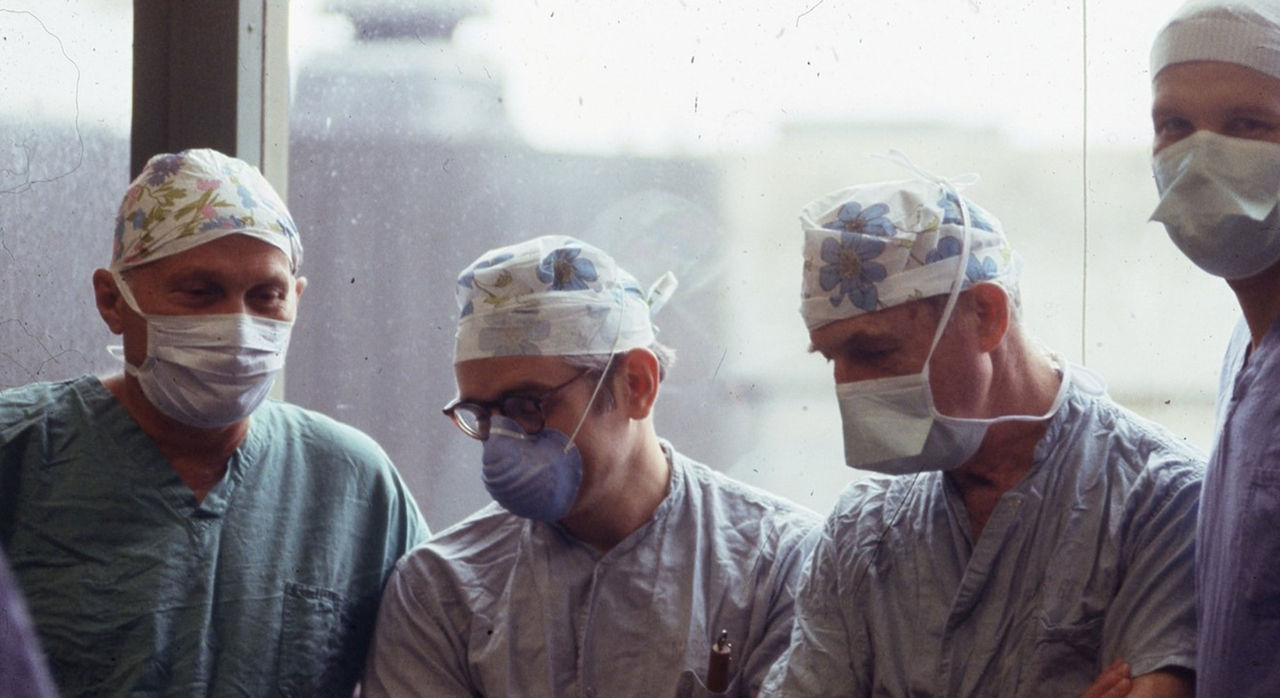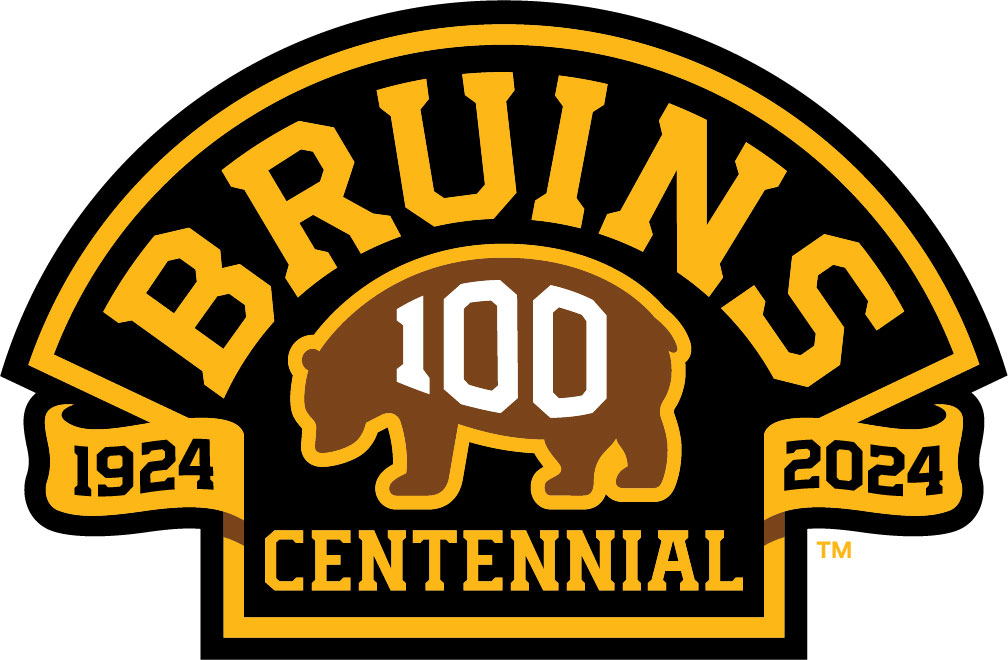-
- Find Care
-
- Visitor Information
- Find a Location
- Shuttles
- Visitor Policies
-
-
- Our Virtual Care Options
- Virtual Urgent Care
- Virtual Visits for Primary & Specialty Care
- Online Second Opinions
- Participate in Research
-
- Contact us
-
- For Innovators
- Commercialization Guide for Innovators
-
-
- Research News
- Alzheimer's Disease
- Artificial Intelligence
-
- Overview
-
- Overview
- Getting Started
- New to Mass General Brigham
- International Patient Services
- What Is Patient Gateway?
- Planning Your Visit
- Find a Doctor (opens link in new tab)
- Appointments
- Patient Resources
- Health & Wellness
- Flu, COVID-19, & RSV
- Billing & Insurance
- Financial Assistance
- Medicare and MassHealth ACOs
- Participate in Research
- Educational Resources
- Visitor Information
- Find a Location
- Shuttles
- Visitor Policies
- Find Care
-
- Overview
- Our Virtual Care Options
- Virtual Urgent Care
- Virtual Visits for Primary & Specialty Care
- Online Second Opinions
-
- Overview
- Participate in Research
-
- Overview
- About Innovation
- About
- Team
- News
- For Industry
- Venture Capital and Investments
- World Medical Innovation Forum (opens link in new tab)
- Featured Licensing Opportunities
- For Innovators
- Commercialization Guide for Innovators
- Contact us
-
- Overview
- Information for Researchers
- Compliance Office
- Research Cores
- Clinical Trials
- Advisory Services
- Featured Research
- Two Centuries of Breakthroughs
- Advances in Motion (opens link in new tab)
- Brigham on a Mission (opens link in new tab)
- Gene and Cell Therapy Institute
- Research News
- Alzheimer's Disease
- Artificial Intelligence
-
- Overview
-
- Overview
- Residency & fellowship programs
- Brigham and Women's Hospital
- Massachusetts General Hospital
- Mass Eye and Ear
- Newton-Wellesley Hospital
- Salem Hospital
- Integrated Mass General Brigham Programs
- Centers of Expertise
- Global & Community Health
- Health Policy & Management
- Healthcare Quality & Patient Safey
- Medical Education
- For trainees
- Prospective trainees
- Incoming trainees
- Current trainees
- Continuing Professional Development
A Team Doctor Looks Back on Decades of Care for the Boston Bruins
Established in 1924, the Boston Bruins were the first American team to join the National Hockey League (NHL). As the Boston Bruins celebrate their centennial year, we also look back on nearly 100 years of delivering sports medicine care in Boston.
The storied histories of these two iconic New England institutions are inextricably linked. Since the 1960s, our doctors have been the trusted team physicians for the Boston Bruins, starting with general surgeon Earl Wilkins, MD, and orthopaedic surgeon Carter R. Rowe, MD, of MGH. In 1976, Dr. Rowe named MGH orthopaedic surgeon Bertram Zarins, MD, as his successor. In 1986, when Dr. Wilkins stepped down as head physician for the team, Dr. Zarins was appointed to the role. In 2008, Dr. Zarins passed the role on to orthopaedic surgeon and sports medicine specialist Peter Asnis, MD.
One of the more memorable periods in Bruins’ history is the “Lunch Pail A.C.” era (1977-1985). The Bruins players of this period were nicknamed the “lunch pail athletic club” because of their brawling determination and working-class mentality. These eight seasons happen to coincide with Dr. Zarins' first few years as a team doctor for the Bruins.
During his long career, Dr. Zarins assumed various key leadership roles, including chief of the Sports Medicine Service at MGH, as well as head team physician for the Boston Bruins, New England Patriots, and New England Revolution. In this Q&A, Dr. Zarins reflects on his remarkable 32-year tenure as the Boston Bruins' dedicated team physician. He describes how the evolution of arthroscopy as a surgical technique could have made a difference in the career of Bobby Orr, and how, later, the emerging concept of continuous joint motion helped Bobby Carpenter return to play after a potentially career-ending injury.
How did you first come to work with the Bruins?
During my residency at Mass General, a group of us would regularly attend Bruins games. The team was red-hot back then, winning the Stanley Cup in 1970 and 1972. Even though I’m a New Yorker, I quickly became a Bruins fan. As a resident, I learned a lot from Dr. Carter Rowe, who was a shoulder and knee specialist. He counted many of Boston’s professional athletes among his patients, including Bruin Bobby Orr, who had sustained several knee injuries.
After I finished my training in the Harvard Combined Orthopaedic Residency Program and a stint in Guam with the US Navy, I completed a year-long fellowship with Dr. Rowe, which included a three-month traveling fellowship to learn about arthroscopy, a new surgical technique. Arthroscopy is a way to visually examine the interior of a joint, such as the knee, using a small instrument inserted into the area. This technology evolved into minimally invasive arthroscopic surgery, which has replaced most “open” knee operations today.
I joined Dr. Rowe on the surgical staff at Mass General in 1976, assisting with and participating in patient care using what I had learned about arthroscopy. I also joined Earl Wilkins, MD, and Ashby Moncure, MD, as a member of the Bruins’ medical team.
What was knee care like when you started with the team?
Behind concussions, knee injuries are the second most common serious injuries sustained by professional hockey players. But orthopaedic care in the early 1970s was not as advanced as it is today. There was no arthroscopy or MRI, so doctors used physical examination and x-ray to diagnose knee injury. Surgeons performed open knee operations to expose and repair the joint. Recovery time, including a player’s return-to-play timeline, was much longer than it is today. In 1975, Bobby Orr was having highly publicized knee problems that eventually ended his career.
Arthroscopy really revolutionized joint care and the diagnosis and treatment of knee injuries. A fiber optic cable gets inserted into the knee, providing light and video in the area. New and less invasive arthroscopic techniques and instrumentation were continuously developed as a result. I was fortunate to be on the forefront of this exciting era in orthopaedic surgery.
Were there any Bruins whose careers you feel you were able to impact positively through your care?
Bobby Carpenter joined the Bruins as a center in 1988. In December 1990, he got injured in Montreal when his skates went out from under him and he slammed into the boards, shattering his kneecap into six pieces. Conventional treatment would have been to operate and then immobilize the leg in a cast. It was a career-ending injury. Instead of immobilizing the leg, I decided to apply a new concept, known as continuous passive motion (CPM), whereby the knee would be kept in constant motion by a machine. I reconstructed Bobby’s knee with screws and wires, then put him on a CPM machine for six weeks, 24 hours a day. The constant motion smooths the joint surface and promotes the healing of cartilage. Bobby was able to come back the next season and play for eight more years.
What were common hockey injuries during the time you were team doctor for the Bruins?
Most of the injuries were caused by the puck – facial lacerations, knocked-out teeth, and bruises. Facemasks were mandated for all players in 1979, so subsequently there were fewer facial and dental injuries. There have always been orthopaedic problems, such as sprains, tears, and fractures, with knee injuries being the most common.
Doctors on duty at NHL games would evaluate every injured player, suture lacerations, and provide any other urgent care that was necessary. We would also determine whether a player was fit to return to the ice and continue play. Serious injuries at the Garden would be sent to nearby Mass General by ambulance.
Something I learned pretty quickly was how to get out onto the ice when a player went down with an injury. When I needed to get out there, a thoughtful player would typically skate over to me and take me by the arm, so that I wouldn’t go flying on the ice and need a doctor myself!
What did you learn from your time with the Bruins?
Dr. Rowe was my mentor and role model. He laid the groundwork for my long career in sports medicine. He was an excellent surgeon and an outstanding, caring physician. Whenever I was faced with a tough problem, he would have the right answer.
Working with the teams, I learned very early on not to give the coaches a return-to-play timing estimate. If I did, a coach would write it down and count the days. Recovery can vary widely.
In hockey, as in all sports, there is pressure to get the injured player back to play as soon as possible. The team doctor has to find ways to shorten recovery time, but not at the expense of the athlete’s health or future. We always do what is best for the patient.

